Winter care for succulents Opelina
Last Update :2024.11.07
Article Catalog
Oplina has such a nice name. It has red leaves and is a succulent plant imported from South Korea. It is very attractive and cute.
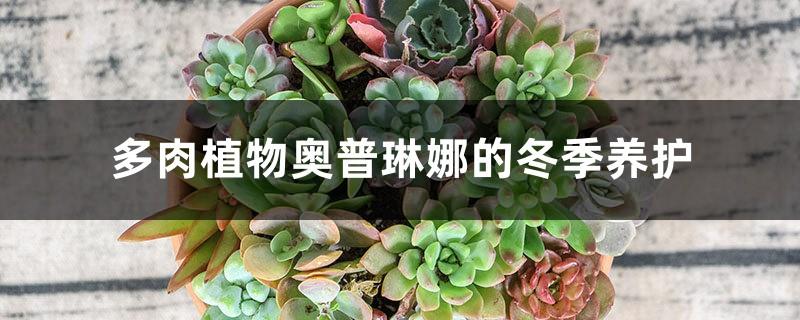
The morphological characteristics and growth habits of Oplina
The morphological characteristics and growth habits of Oplina
Opulin Linna is a succulent plant of the windmill Echeveria genus. It is a horticultural variety cultivated by a cross between (Drunk Beauty) and (Corolla). It is a large Echeveria. The fleshy leaves of Opelina are alternate and arranged in a lotus shape. The leaves are long and spoon-shaped. The upper part of the leaf is obliquely pointed. The top of the leaf is easy to be red. The leaf surface is slightly concave. There is a keel on the back of the leaf. The surface of Opelina has white powder. The overall color is It is pink and light blue, and the edges and tips of the leaves tend to turn red. It is very beautiful and has the shyness of ancient beauties. Opelina, like other succulent plants of the beauty series, grows quickly, is easy to grow and grows in groups, and because of its thicker leaves, the plant has a creeping growth habit. Opelina often blooms in mid-spring, similar to the flowers of Echeveria, with spike-like peduncles and bell-shaped flowers, yellow flowers with orange tips.
The growth habits of Opelina
Opelina is a winter species, preferring a warm, dry and sunny environment, and is drought tolerant. The pot soil should be moist for a long time, and the suitable growth temperature is 10-25℃. Oplina is a succulent plant that is easy to care for and good-looking. A properly maintained Oplina has fat leaves, thick white pink, and a pink-blue color. With the pink at the tip and edge of the leaf, it looks like a rouged beauty.
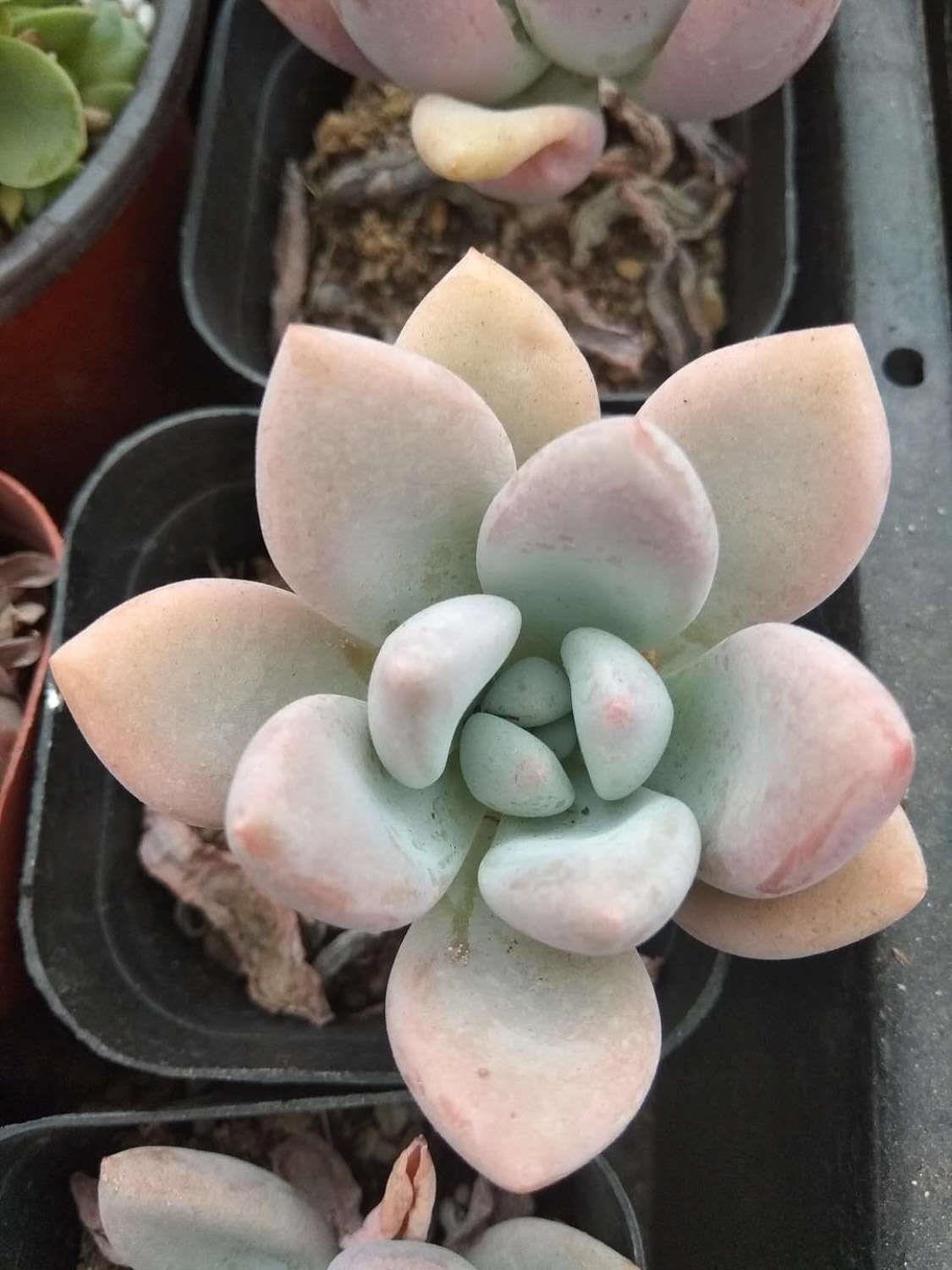
Oplina's winter Maintenance
Temperature
If the temperature is too low in winter, it should be moved to a sunny sunroom for maintenance and placed in Sunny place; the temperature should be kept above 5℃.
Light
Oplina likes a sunny environment and needs to be given enough light. Only with sufficient light will the leaves become more round and white. Thick, the leaf tips and leaf edges are like applying blush. The tips of the leaves are easy to be a little red. If there is insufficient light, it will easily lead to leggy growth. The plant shape will be looser, the leaves will be slender and weak, and the color will be dim. Then the plant will become top-heavy. Phenomenon.
Watering
In severe cold weather in winter, watering should be limited. After it is completely dry, water a small amount. In winter, if the temperature can be maintained above 5℃, water can be supplied normally. If the temperature is below 0℃, the water must be controlled. Otherwise, Opelina is prone to frostbite. You can add a little water to the roots of Opelina when the sun is out. For soil matching, you can choose soil with good air permeability and drainage, such as peat soil and granular soil in a ratio of 1:1.
Fertilization
Oplina is a winter type of succulent. In winter, if the temperature can be maintained above 5℃, you can fertilize appropriately. If the temperature is below 0℃, you can fertilize appropriately. Stop fertilizing.
Pot soil
The pot soil can be soil with good air permeability and drainage, such as peat soil and granular soil in a ratio of 1:1.
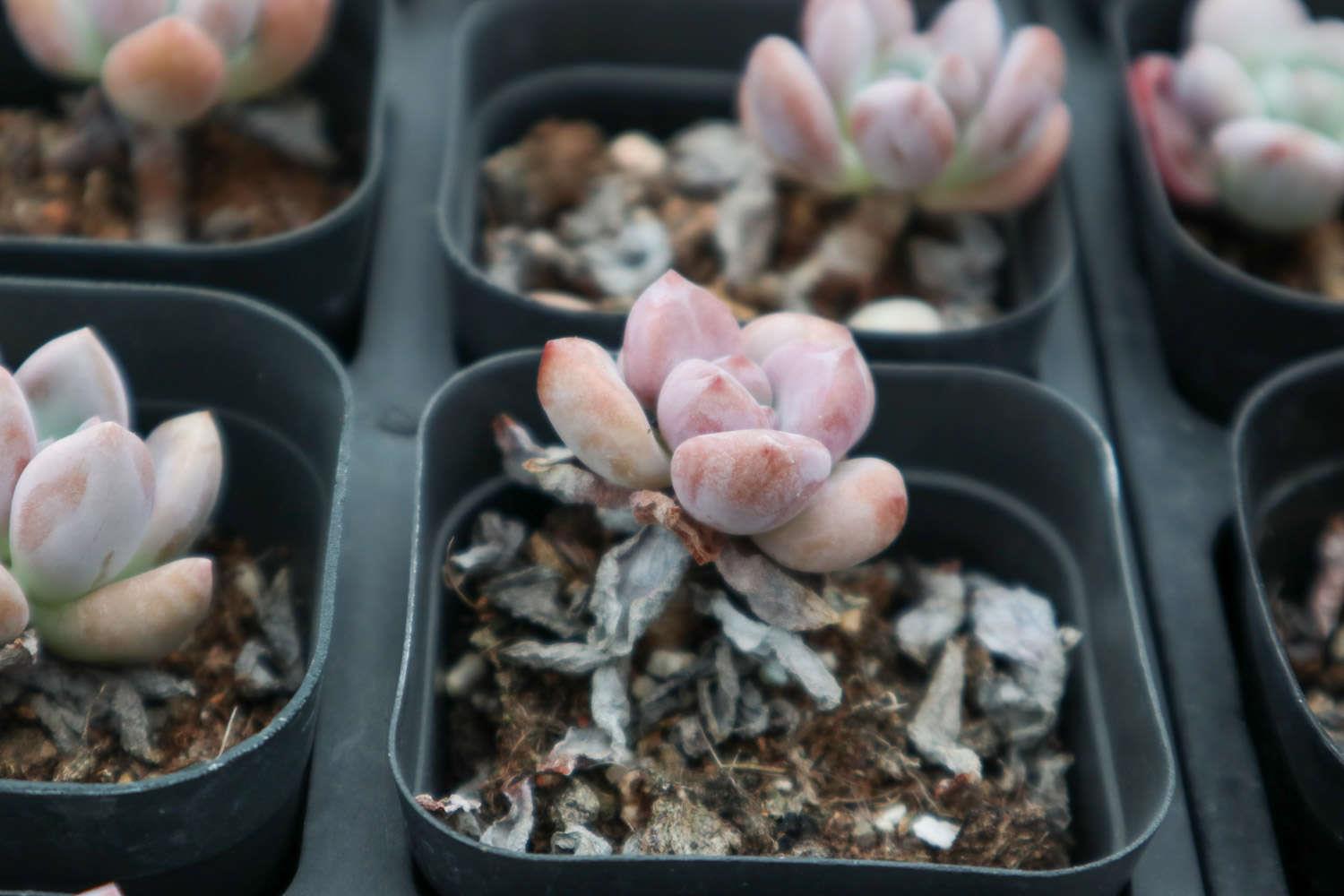
- END -
Can Chihuahuas be exposed to direct sunlight?
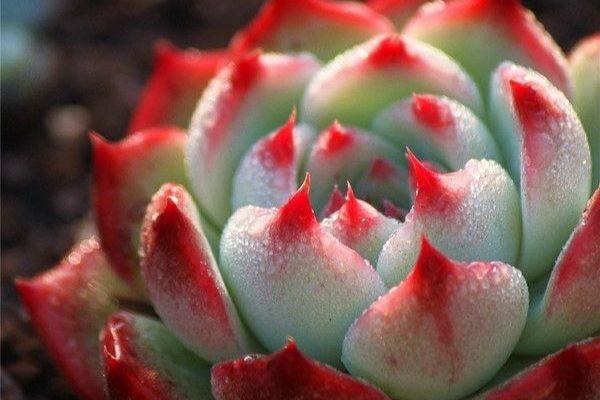
Chihuahua, a dignified succulent plant, is native to Mexico. The leaves are green ...
How to raise gypsophila
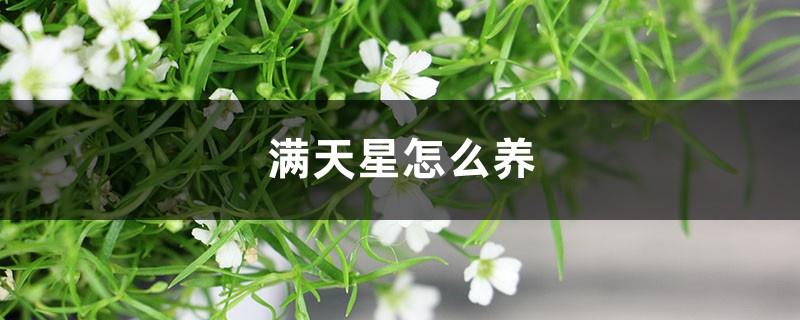
To raise baby's breath, you need to use soft, breathable, slightly alkaline sandy ...